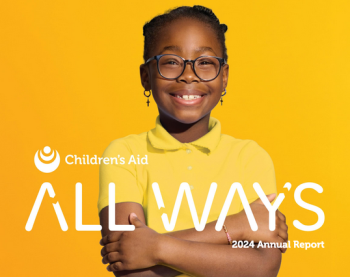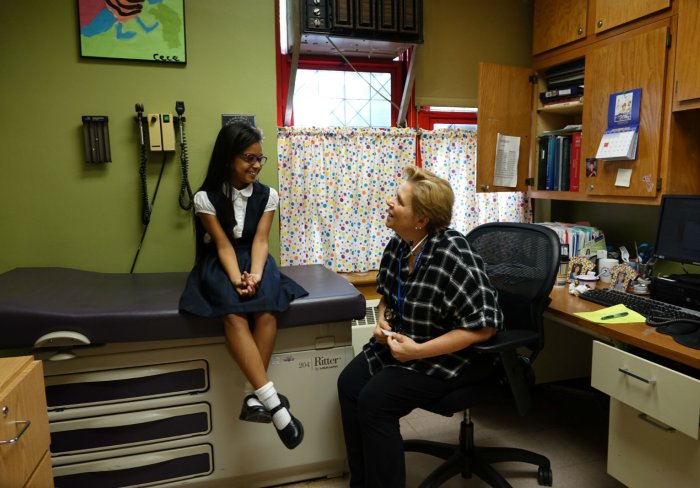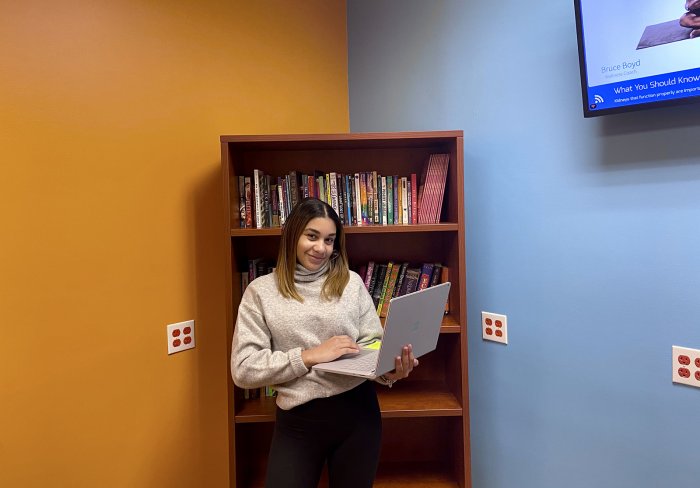Mirabel Smith, a kindergarten teacher at Children’s Aid College Prep Charter School, hasn’t physically seen her students in more than a month.
Since the COVID-19 pandemic, Mirabel has had to adapt quickly to remote learning and using technology to administer lessons that used to be more hands on.
“I am very much missing being in person with my students,” she said. “That’s the joy of my life – getting up every day and seeing them and building positive relationships. Community building is a big part of what I value as an educator.”
But the distance hasn’t stopped Mirabel from providing the best instruction to her students. Several families she serves do not speak English. She uses translation services to communicate important information to them.
Apps like Epic! have allowed her to assign age-appropriate reading materials so students can continue guided reading activities. Seesaw, a platform for student engagement, has taken the place of worksheets. Students can read, write, and get direct feedback on their progress.
“A highlight for me has been focusing on content and social emotional well-being,” she said. “I miss my scholars, but I have time to concentrate on delivering content rich lessons without the barriers that exist in a traditional classroom setting, and providing meaningful feedback on student work.”
The teachers and administrators at Children’s Aid College Prep Charter School have worked together to quickly build an infrastructure for a successful pivot to remote learning and Mirabel credits her team for making this process less stressful.
“What’s been really huge for me during this time is having the support of the other teachers, as well as my leadership,” she said. “And it’s been ok to make a mistake and try again in this. Being allowed to be a learner while you’re teaching learners has really made me feel more comfortable during this time.”
Some of her students have struggled without face-to-face contact while others are enjoying having more time to complete assignments at their own pace. Mirabel has tried to make accessing content as simple as possible to put families at ease.
“Many of our scholars and their parents are under great stress, diverse schedules, and unique challenges they face during this pandemic, so the more autonomous the learning experience can be for the scholars and thus relieving the parents from becoming ‘parent teachers,’ the more likely that school will be a positive experience each day and less burdensome,” she said.







